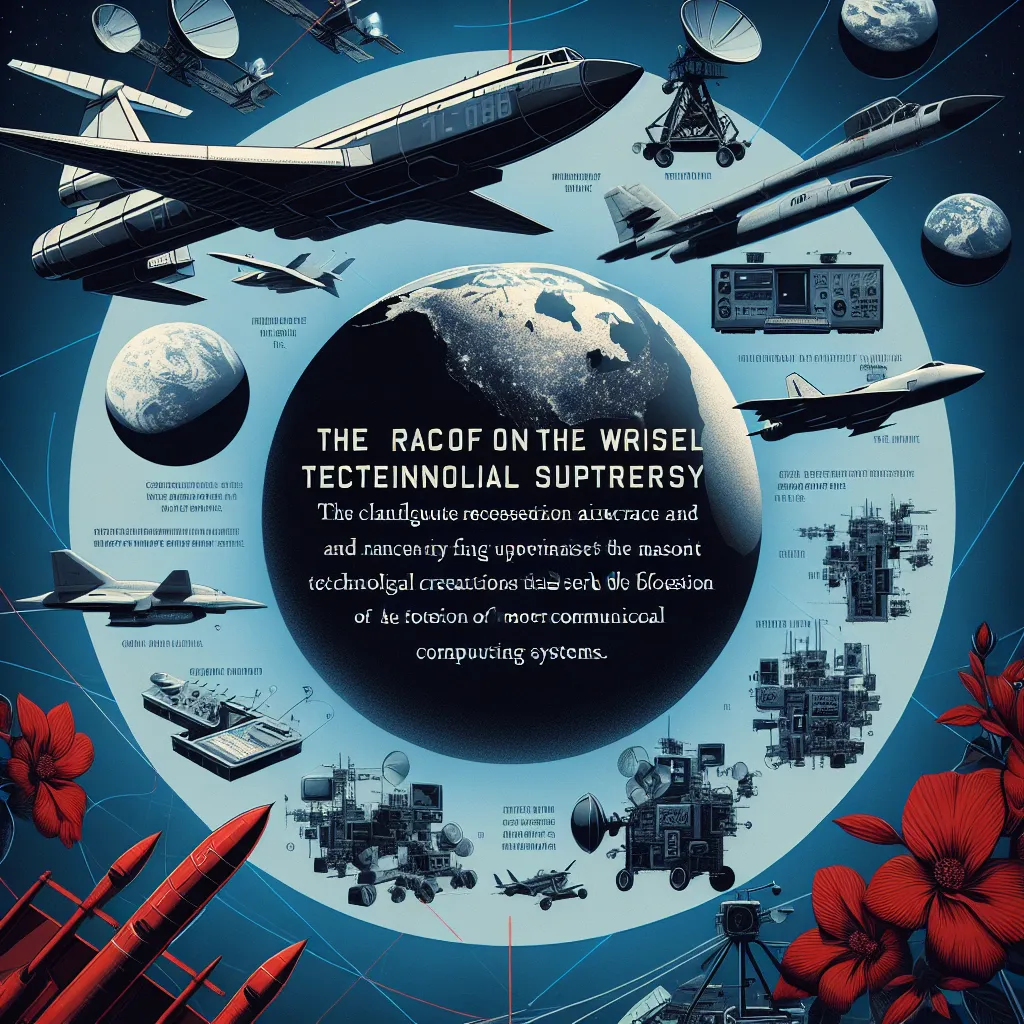During the Cold War, information was a powerful weapon wielded by both the Soviet Union and the United States with fervor. Locked in a quest for technological supremacy, these superpowers devised various methods to collect critical data, employing everything from high-altitude spy planes to revolutionary space satellites. Espionage, deception, and inventive strategies underpinned the frantic efforts to steal a technological march on the other side.
This era witnessed a kind of paranoia-fueled technological innovation that inadvertently sparked the birth of the communication infrastructures we rely on today. The arms race was not just about bombs and guns; it was also about breakthroughs in science and technology. Both nations pushed the envelope in nuclear power, weapons technology, and space exploration. This competitive spirit didn’t just lead to potential catastrophe; it also ushered in significant scientific and engineering advancements that still shape our modern world.
Spying during the Cold War was often portrayed glamorously in movies, but in reality, it was mostly a tasking, methodical endeavor. Spies infiltrated critical projects, such as the U.S. efforts to develop the atomic bomb, risking everything. Klaus Fuchs, a theoretical physicist, provided Soviet agents with critical information on atomic research, which accelerated the Soviet Union’s own bomb development. When the Soviets detonated their first atomic bomb in 1949, many attributed their success to espionage, despite the real significant leaks that existed in the U.S. atomic program.
Human efforts were soon complemented by technological advancements. The development of the U-2 spy plane was a game-changer, flying at altitudes beyond the reach of Soviet missiles and radar. Yet even this marvel was eventually grounded as Soviet technologies caught up. The downing of U-2 pilot Francis Gary Powers in 1960 was a dramatic showcase of the escalating technological cat-and-mouse game.
As sky-high surveillance continued to evolve, Lockheed’s Blackbird SR-71 took to the skies as the next step in reconnaissance, boasting unmatched speeds and altitudes. These spy planes captured critical images and data, avoiding enemy missiles by simply speeding away. Meanwhile, the U.S. exhibited ingenious Cold War strategies, even going so far as setting up shell companies to procure the necessary titanium from the Soviet Union to build these aircraft.
The era also marked the birth of modern satellite-based reconnaissance and communication. The U.S. and the Soviet Union both raced to launch the first satellites, witnessing the transformational Sputnik moment in 1957, which marked humanity’s ability to observe Earth from orbit. Sputnik wasn’t a complex piece of tech but symbolized a monumental leap in human capability, laying the groundwork for modern GPS and satellite navigation systems.
In response to Sputnik, the U.S. quickly ramped up its satellite program. Explorer 1 followed in 1958, marking America’s entry into space dominance. The subsequent, more advanced projects like the Corona satellite program began to gather unprecedented intelligence over Soviet territories, post humongous amounts of data through images unrivaled by earlier methods.
Revolution in computing took flight during this time. Early computers like ENIAC and EDVAC set the stage by crunching massive numbers quickly, crucial in the atomic bomb development. However, the real magic began with the networking of these computers. By 1969, the ARPANET was live and is widely considered the precursor to the internet. The idea of packet-switching, developed simultaneously by Paul Baran and Donald Davies, allowed computers to communicate more effectively, laying the foundation for today’s interconnected world.
In contrast, Soviet efforts to create a similar networked system were stymied by bureaucratic hurdles and isolationism. Proposals for large-scale networked computing systems, like Victor Glushkov’s ambitious OGAS project, aimed at revolutionizing the economy with digital efficiency, were ultimately rejected. Bureaucratic infighting and lack of funds led to the stagnation of Soviet technology in this area.
Back in the U.S., as Cold War tensions grew, President Ronald Reagan’s 1983 Strategic Defense Initiative, or ‘Star Wars’, aimed to develop a shield against incoming Soviet missiles. While most projects under this initiative failed to materialize into practical defense systems, they nonetheless pushed the envelope in laser and missile defense technologies.
In the modern world, the remnants of these intense technological competitions create the infrastructure we often take for granted. The internet, GPS, and global communication networks were all born out of Cold War ingenuity. As we order a pizza using our phone or track our Ubers, we’re leveraging technologies rooted in Cold War innovation. Even today, military advancements continue to emerge from this era’s breakthroughs, constantly evolving as information remains power, now more at our fingertips than ever before.






